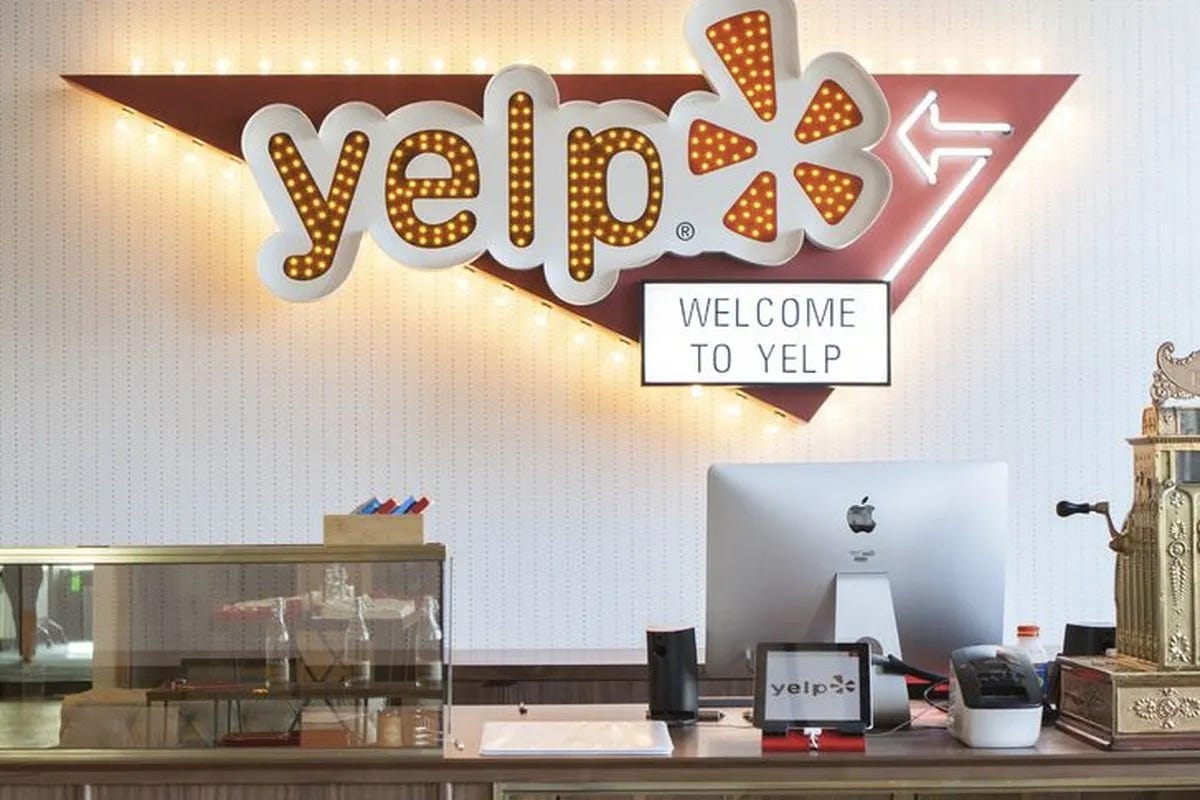Story of Yelp's Product Growth: From a Slow Start to a Must-Have Service
Introduction to Yelp's Journey
This is the story of Yelp's Product Growth. How just by reading into user behavior and analyzing the data they made their product viral.
When Yelp launched in 2004, it was entering a crowded market dominated by larger players such as Citysearch.com. Founded by Jeremy Stoppelman, Yelp aimed to be a local search and review service for businesses, but its early growth was slow. Even Stoppelman himself had doubts about the value of the service.
The Pivot Point: Understanding User Behavior
However, the team at Yelp made a groundbreaking discovery that would change the course of the company's growth: a significant number of users were using a feature on the site to post reviews of local businesses.
This insight led the team to pivot their business model and put reviews at the center of the user experience. They also created 20 million profiles for small businesses in the Bay Area and encouraged users to add their reviews.
From Slow Growth to Success: Yelp's #AhaMoment
This move paid off and Yelp's growth soared. Meanwhile, Citysearch.com struggled to compete and was eventually absorbed into City Grid Media in 2010.
Yelp had reached its "#ahamoment", the point where users fully understood and appreciated the value of the product. They saw why they needed it and the benefits it offered, particularly the ability to discover reliable local restaurants and businesses through trusted community reviews. This experience turned early adopters into power users and evangelists and helped Yelp become a must-have service with a $2 billion valuation as a publicly traded company in 2016.
But Yelp's growth didn't stop there. In the years since its initial success, the company has continued to innovate and expand its offerings. In 2012, it introduced a feature called "Check-In Offers", which allowed businesses to offer discounts and promotions to customers who checked in on Yelp. This helped drive foot traffic to local businesses and further solidified Yelp's position as a valuable resource for consumers.
Yelp's Strategy: Engagement, Innovation, and Focus on Small Businesses
In addition to its core review and local search features, Yelp has also added other services over the years. These include the ability to make reservations at restaurants through the platform, the option to order food delivery or pickup, and the ability to book services such as haircuts and massages. These added features have helped Yelp diversify its revenue streams and remain competitive in the crowded local search and review space.
One key to Yelp's success has been its commitment to building a strong and engaged community of users. The company has implemented several features to encourage user participation and engagement, including the ability to follow other users and create lists of favorite businesses. Yelp has also been active in hosting events and sponsoring community-building initiatives in local markets. These efforts have helped foster a sense of community among Yelp users and contributed to the platform's continued growth.
Another factor in Yelp's growth has been its focus on small businesses. By creating profiles for millions of small businesses in the Bay Area and beyond, Yelp has helped these businesses increase their online visibility and attract new customers. The company has also implemented various tools and resources to help small businesses manage their online presence on Yelp, such as the ability to respond to reviews and track performance metrics. This focus on small businesses has helped Yelp build strong relationships with these businesses and has contributed to the platform's overall success.
Key Takeaways from Yelp's Growth Story
Overall, Yelp's story is a great example of how a company can pivot and find success in a crowded market. By listening to its users and adapting its business model to meet their needs, Yelp was able to achieve significant growth and become a must-have service for both businesses and consumers. Its commitment to building a strong and engaged community of users, as well as its focus on small businesses, has helped the company continue to thrive and innovate in the years since its initial success.
Here are some key takeaways from Yelp's product growth Strategy:
Pivoting your business model can lead to success: Yelp's decision to pivot from its original business model and put reviews at the center of the user experience was key to its growth. This move allowed the company to differentiate itself in a crowded market and meet the needs of its users.
User-generated content is powerful: Yelp's success can be attributed in large part to the fact that it has a large and active community of users who contribute reviews and ratings to the platform. This user-generated content is what makes Yelp so valuable to both businesses and consumers, as it provides a wealth of information and insights on local businesses.
Building a strong and engaged community is important: Yelp has implemented various features and initiatives to encourage user participation and engagement, which has helped foster a sense of community among its users. This has contributed to the platform's continued growth.
Small businesses are a key audience: Yelp has focused on small businesses since its inception, creating profiles for millions of small businesses and implementing tools and resources to help them manage their online presence on the platform. This focus on small businesses has helped Yelp build strong relationships with these businesses and has contributed to the company's overall success.
Persistence and innovation are key to growth: Even in a crowded market, it is possible for a small startup to achieve significant growth and success through hard work, persistence, and a willingness to adapt and innovate. Yelp's continued success is a testament to these principles.



